In harmony with nature.
Why biophilic design can make you happier and more creative.
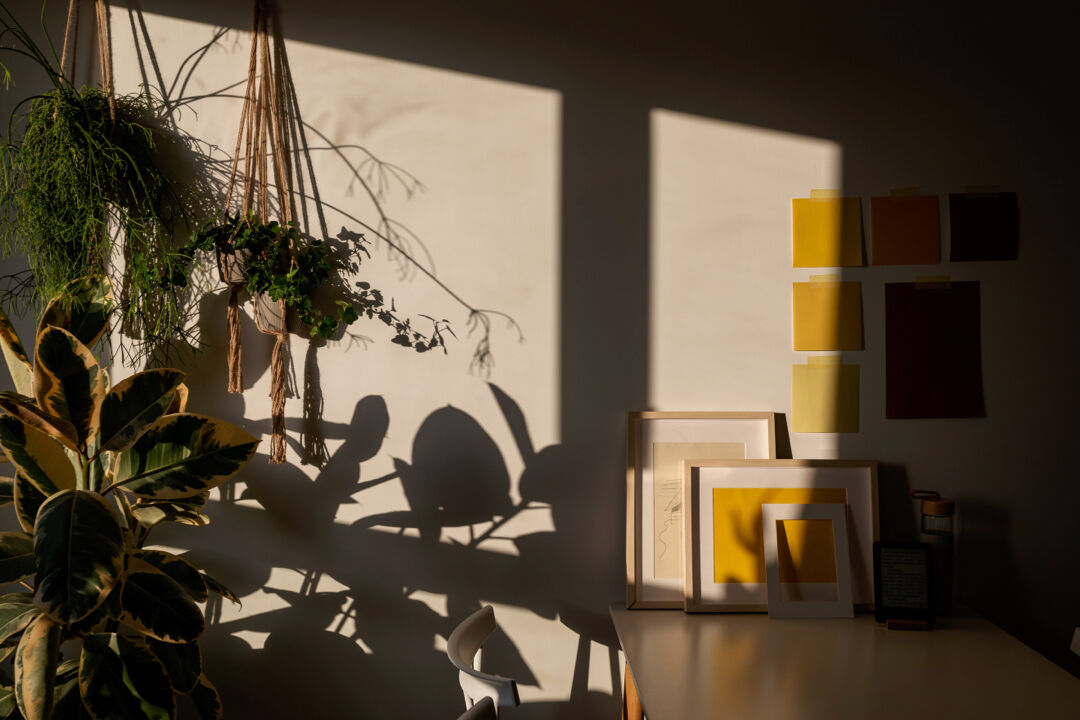
Being in touch with nature increases well-being and enhances creativity. You can achieve this effect not only by means of a walk in the woods but also through the use of a specific interior design approach. The following article explains how this works and describes the other associated benefits.
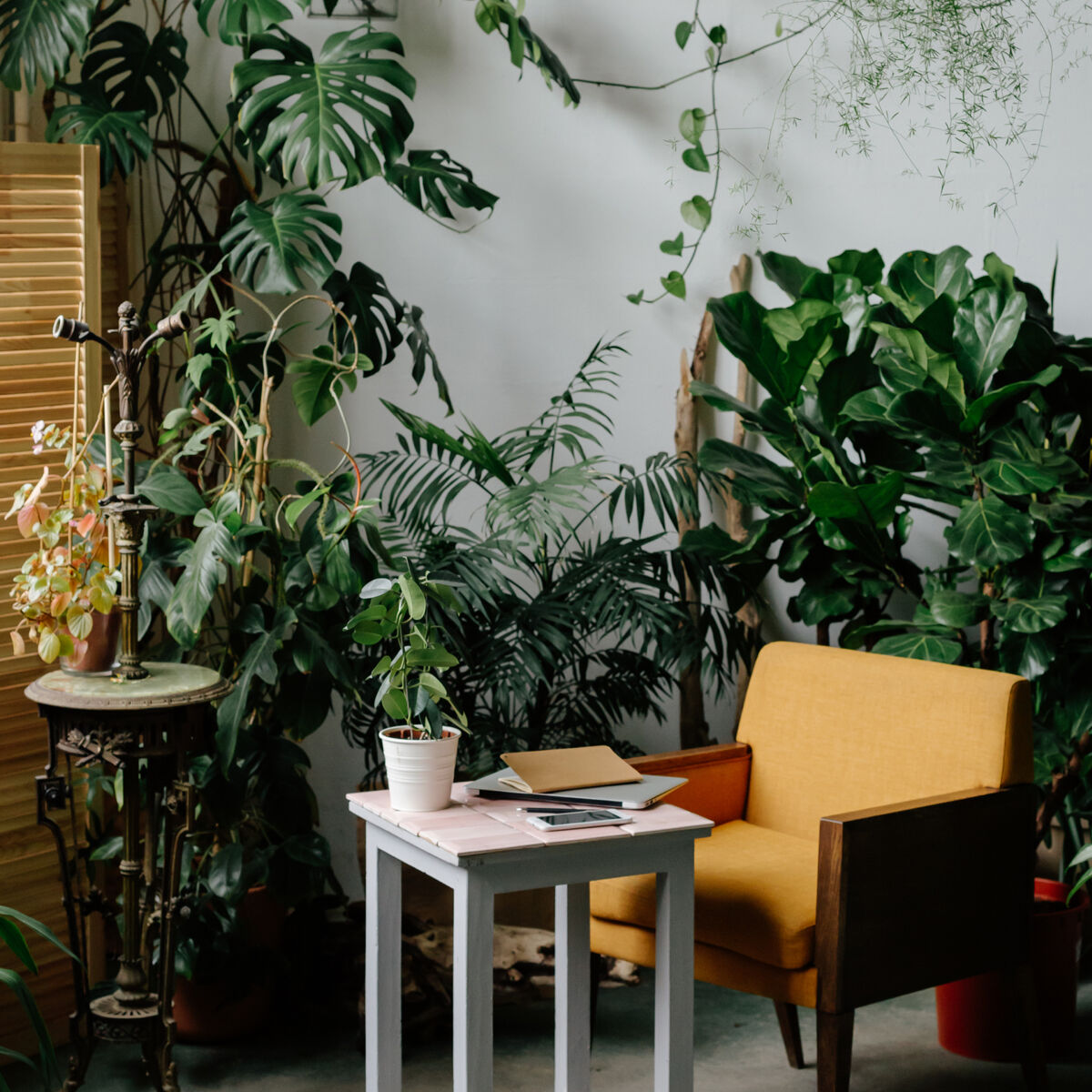
Better health, less stress and more creative ideas – nature has innumerable benefits for the well-being and capacity of humans. This is partly due to our genetic makeup: we largely evolved in a natural environment, and this still shapes us today. These days, however, our “natural habitat” is predominantly in the city and we spend around 90% of our time indoors. The consequence is that we are becoming increasingly alienated from nature. This is where biophilic design comes in. It is an approach to architecture that takes into account our innate need for nature and creates natural spaces in which we can live, work and learn.
Boost your creativity.
Biophilic design helps generate a natural atmosphere around us in the workplace or at home – spaces that make us feel better and inspire us to come up with new ideas. According to the Human Spaces report, if light and green plants are provided to create a natural-like indoor environment for us, our creativity increases by some 15% of our capacity to think and remember by as much as 25%! Why is that? The Attention Restoration Theory states that our brain become tired from too much “directed attention”, for example if we stare at a screen for too long. Even a short glance through a window provides relief and can replenish our attention reservoir. An international survey has found that a minimalist interior style is particularly suitable for a creative environment as it provides maximum inspiration at work when combined with natural light, colours and plants. Biophilic design is more than just an acknowledgement that plants in our home are good for us. In fact, it is actually a holistic, scientifically based overall concept: careful consideration must be given to determine which individual elements go well together and will interact. An isolated plant in a workroom simply isn’t sufficiently effective in biophilic terms. Essentially, we experience an environment as “natural” if it has a certain conventional organization but integrates in this random component to provide variety. This combination provides us with a feeling of security without making our minds jaded by surroundings that are monotonous.
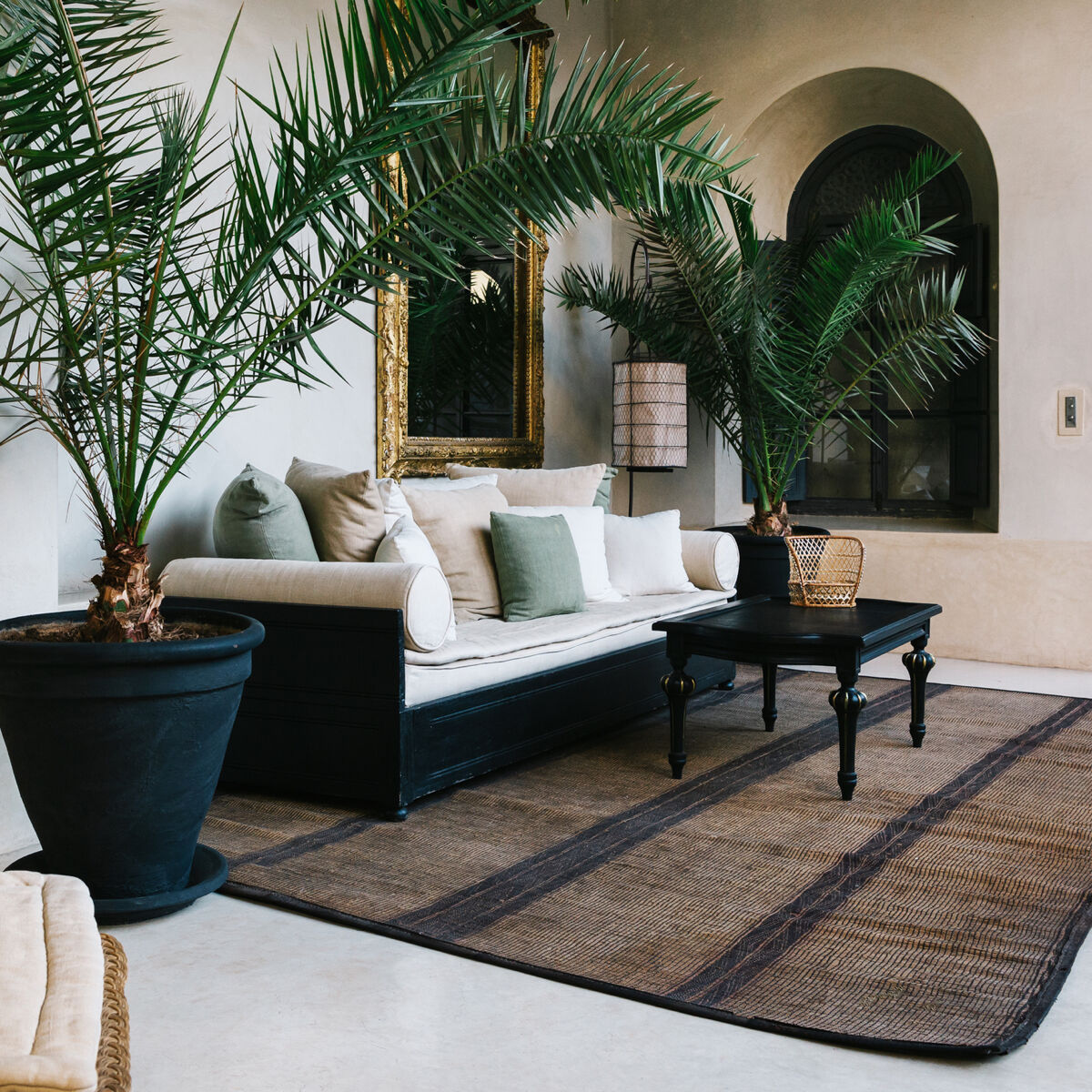
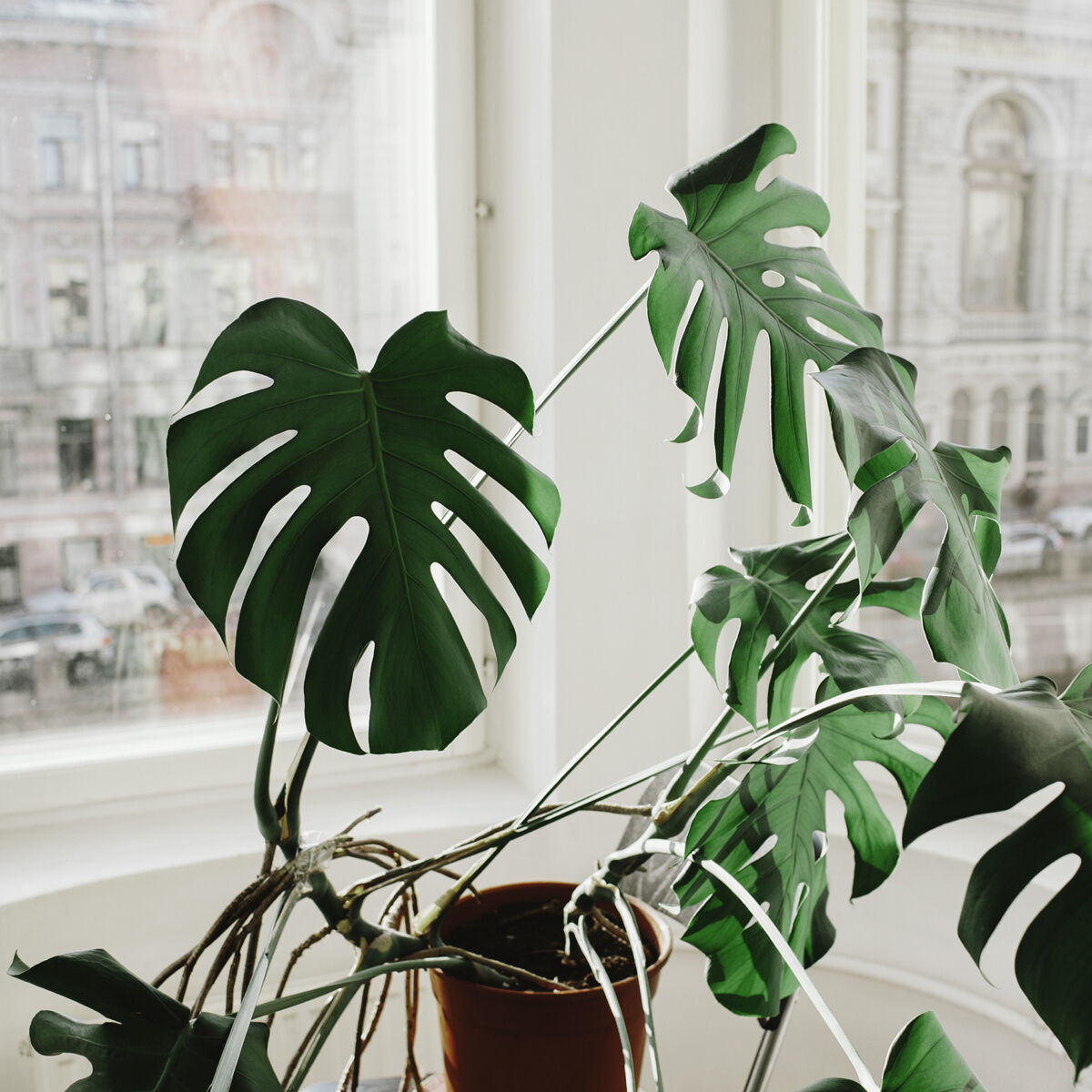
Experiencing nature with all our senses.
But how can biophilic design be implemented in practice? One option is to incorporate nature in an interior space in a way that stimulates all five senses. Complex concepts are not necessary. Even windows can play a key role here. Windows not only provide natural light, but also increase our awareness of variations in temperature and changing atmospheric conditions over the course of the day. If an environment does not have sufficient daylight, it is a good idea to mimic nature when choosing the colour and intensity of artificial lighting and to provide blush light in the morning and warmer, yellowish light in the afternoon. Another simple and easy solution is to place plants of fresh flowers in your home or office. It will even be more effective than single plants if you create a planted corridor that you can walk through and literally, as it were, interact with nature all around you. The sounds and scents of nature are also important, such as the natural aromas of lavender through to the stimulating scent of citrus or coffee.
Can’t make it? Fake it.
If you don’t have green fingers or a passion for plants, you can also bring nature into your home indirectly. The options are endless: you can start with pictures or wallpapers with motifs drawn from nature, or even introduce shapes, patterns and materials that are inspired by nature. Colours have a particularly powerful effect. After all, they are usually, the first thing upon entering a room. Our tastes in this regard are characterized by associations with nature. Yellow tones for example, symbolize warmth and sunshine and thus have a cheerful and inviting effect.
Red is considered to be particularly stimulating and is thus suitable for environments in which tasks that require increased attention are carried out. On the other hand, green and blue tones provide a creative environment in which ideas can flow more easily. Stephen Kellert, a pioneer of biophilic design, particularly recommends subdued earthy tones, inspired by soil, rocks and plants. The matching material of choice for surfaces is wood and stone – preferably locally sourced. Tips for furniture: You don’t find straight lines or sharp edges in nature. So, it is a good idea to prefer soft shapes, such as an oval coffee table or chairs with curved lines.

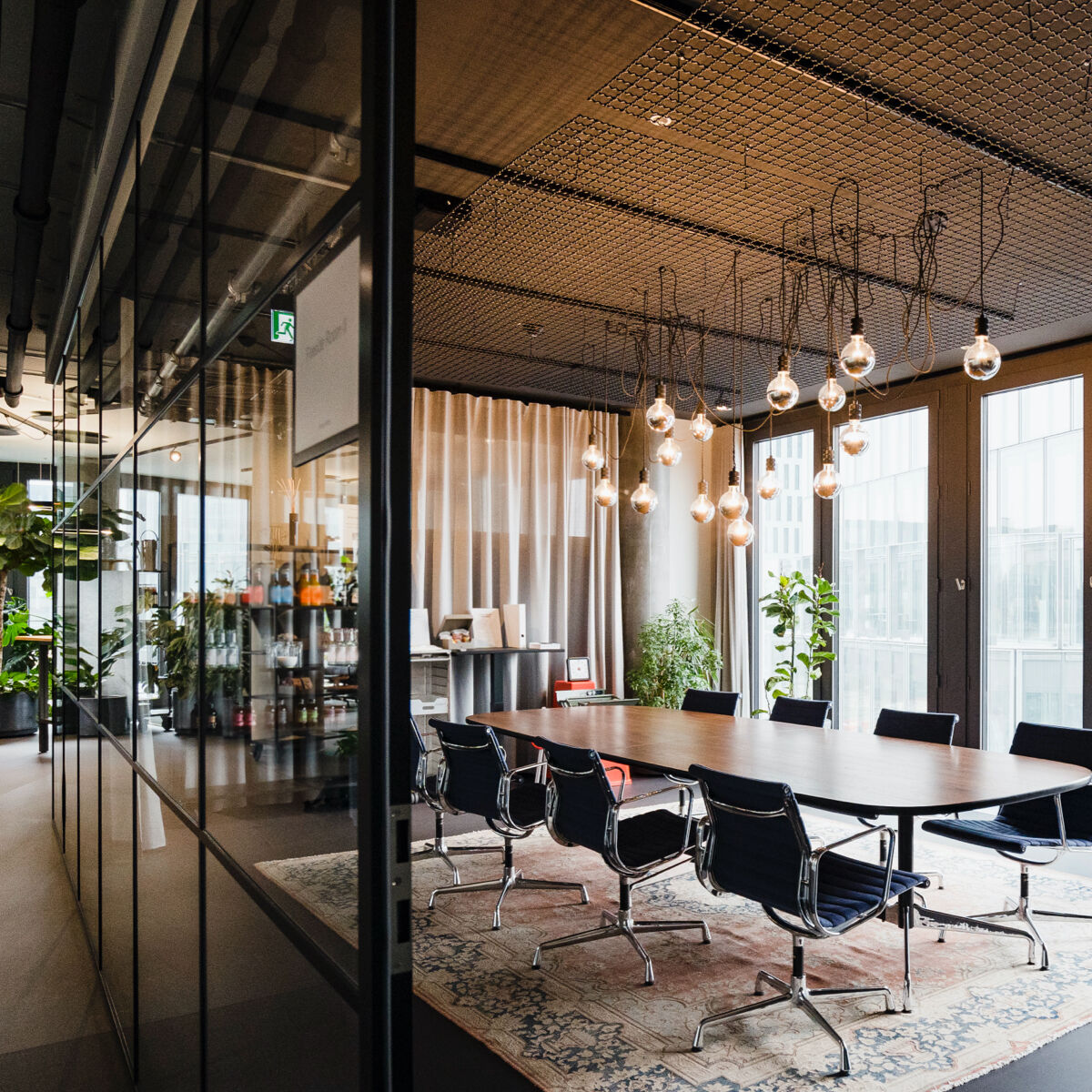
Nature as a model.
Last but not least an indoor space can be made to mimic a natural environment. Tables can be positioned so that they can have view through a window, panoramic windows and balconies can be incorporated while open plan rooms and glass walls create a feeling of spaciousness. This satisfies the human need to retain an overview. In addition, individuals like to move around freely in the environment and experience new things. This freedom of movement can be created in offices by dispensing with fixed desks and by providing different spaces that people can switch between – for example for creative sessions, meetings or breaks.
More articles
More articles
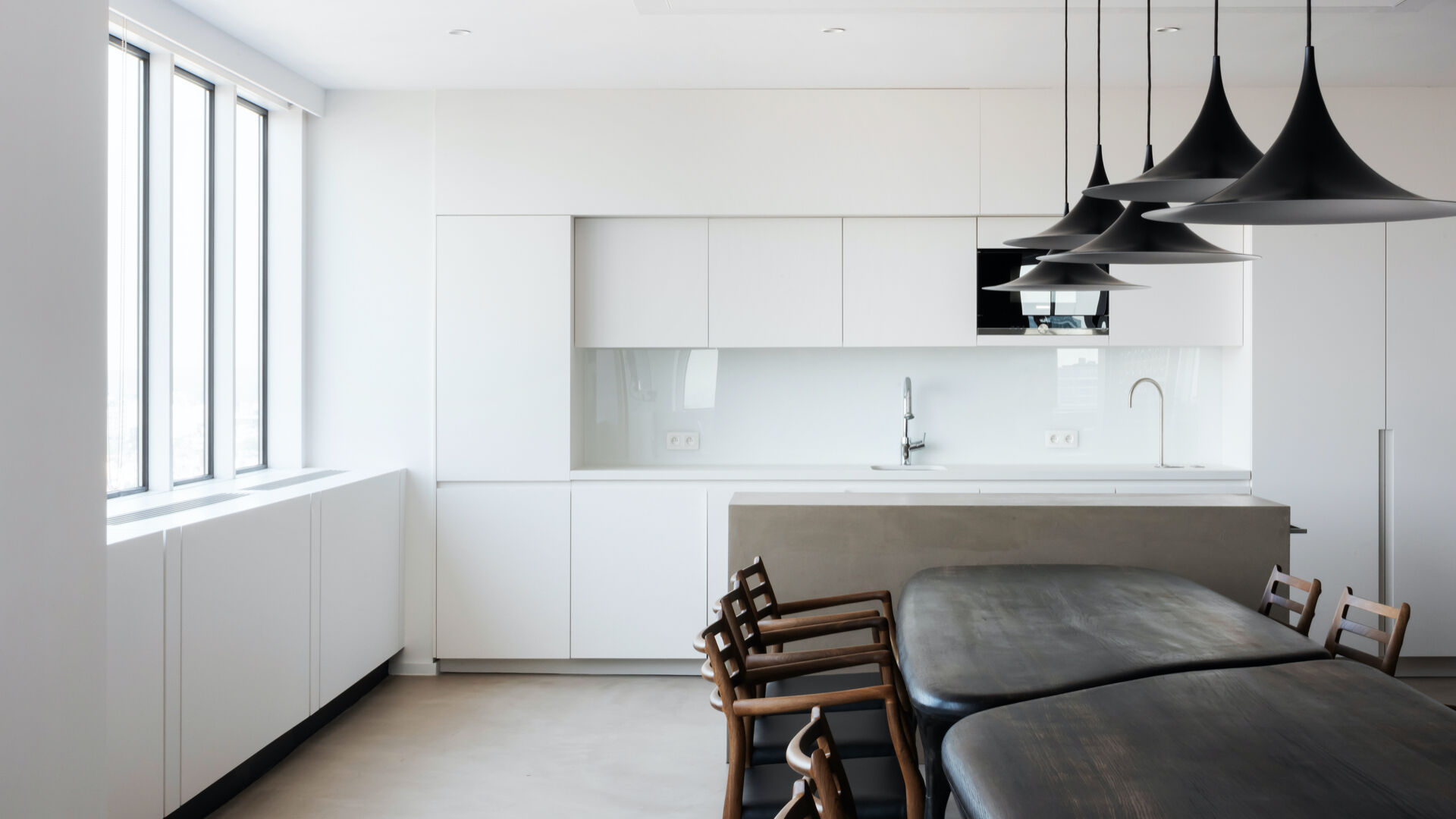
Not less, but better.
Sharpening one's own awareness. Recognizing what one really needs. Giving things new appreciation. That's what minimalism is about. Following the motto 'less is more', more and more people are embracing the desire for clarity and order – even in the design of their homes.

Should we always follow our nose?
23,000 times – that´s how many breaths we take on average per day. And that means a multitude off different scents float in through our nose evoking a wide variety of reactions in us. In this article we´ll explain the psychological reasons behind this and why we should let our noses discover new things more often.
